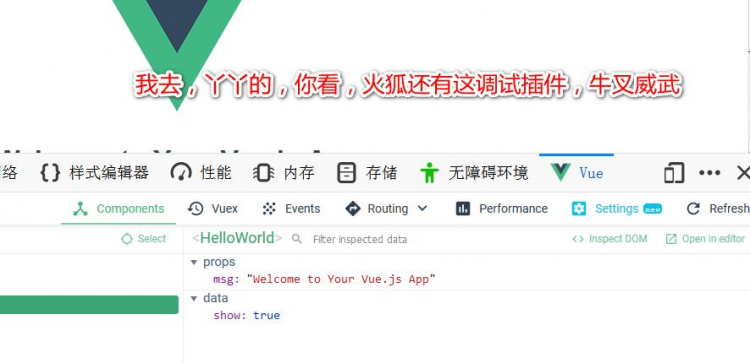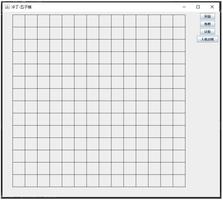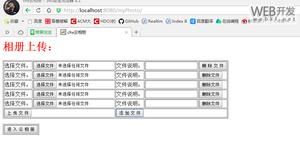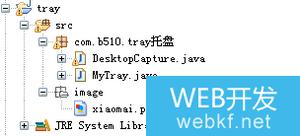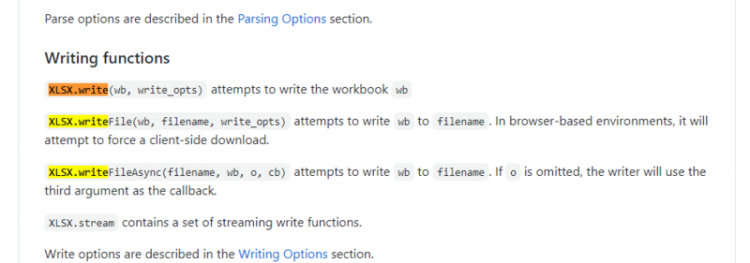Javagoogle为java开发提供的开源开发工具guava入门使用手册

一、简介
Java类库中有不少难用的典型,Collection一定是其中之一。Google最早提出Guava库,是对Java Collection进行扩展以提高开发效率。随着时间推移,它已经覆盖到了Java开发的方方面面,在Java 8中,已经可以看到不少API就是从Guava中原封不动的借鉴而来。
接下来的几个例子比较了使用Guava和原生JDK的开发:
二、jdk1.8和guava的对比
1. 初始化集合
//JDKList<String> list = new ArrayList<String>();
list.add("a");
list.add("b");
list.add("c");
list.add("d");
//Guava
List<String> list = Lists.newArrayList("a", "b", "c", "d");
2. 读取文件内容
//JDK写法冗长,可以自行搜索//Guava
List<String> lines = Files.readLines(file, Charsets.UTF_8);
3. 集合新类型
Guava针对开发中的常见场景,提供了一些新的集合类型简化代码。
Multiset
我们经常碰到一类统计需求——统计某个对象(常见的如字符串)在一个集合中的出现次数,那么会有如下代码:
//jdkMap<String, Integer> counts = new HashMap<String, Integer>();
for (String word : words) {
Integer count = counts.get(word);
if (count == null) {
counts.put(word, 1);
} else {
counts.put(word, count + 1);
}
}
这段代码看起来有一点丑陋,并且容易出错。Guava提供了一种新的集合类型——Multiset。顾名思义,也就是Set中能够同时存在相同的元素:
//guavaMultiset<String> multiset = HashMultiset.create();
multiset.add("a");
multiset.add("a");
multiset.add("b", 5);//add "b" 5 times
System.out.println(multiset.elementSet());//[a, b]
System.out.println(multiset.count("a"));//2
System.out.println(multiset.count("b"));//5
System.out.println(multiset.count("c"));//0
Multiset很像一个ArrayList,因为它允许重复元素,只不过它的元素之间没有顺序;同时它又具备Map<String, Integer>的某一些特性。但本质上它还是一个真正的集合类型——用来表达数学上“多重集合”的概念,这个例子只是恰好和Map对应上罢了。
MultiMap
想必在开发的过程中你一定遇到过实现一个这样的集合:Map<K, List<V>> Map<K, Set<V>>用来表达某一个Key对应的元素是一个集合,可以用两种视角来看待这类集合:
如果使用JDK提供的Collection来实现类似功能,那么一定会有类似上一节中统计数量的代码:添加一个元素时,先在Map中查找该元素对应的List,如果不存在则新建一个List对象。
//guavaMultimap<String, Integer> multimap = ArrayListMultimap.create();
multimap.put("a", 1);
multimap.put("a", 2);
multimap.put("a", 4);
multimap.put("b", 3);
multimap.put("c", 5);
System.out.println(multimap.keys());//[a x 3, b, c]
System.out.println(multimap.get("a"));//[1 ,2, 4]
System.out.println(multimap.get("b"));//[3]
System.out.println(multimap.get("c"));//[5]
System.out.println(multimap.get("d"));//[]
System.out.println(multimap.asMap());//{a=[1, 2, 4], b=[3], c=[5]}
4. 集合工具类
静态创建方法
JDK 7以前,创建泛型集合会比较啰嗦:
//jdk 1.7List<TypeThatsTooLongForItsOwnGood> list = new ArrayList<TypeThatsTooLongForItsOwnGood>();
Guava提供了静态方法来推断泛型的类型:
//guavaList<TypeThatsTooLongForItsOwnGood> list = Lists.newArrayList();
Map<KeyType, LongishValueType> map = Maps.newLinkedHashMap();
当然在JDK 8里泛型的类型推断已经支持:
//jdk 1.8List<TypeThatsTooLongForItsOwnGood> list = new ArrayList<>();
Guava除了提供静态构造方法,还提供了一系列工厂类方法来支持集合的创建:
//guavaSet<Type> copySet = Sets.newHashSet(elements);
List<String> theseElements = Lists.newArrayList("alpha", "beta", "gamma");
Sets
我们经常需要操作集合(Set),并对集合进行交并补差等运算,Sets类提供了这些方法:
- union(Set, Set)//合并
- intersection(Set, Set)//并集合
- difference(Set, Set)//非并集合部分
- symmetricDifference(Set, Set)//
Set<String> wordsWithPrimeLength = ImmutableSet.of("one", "two", "three", "six", "seven", "eight");Set<String> primes = ImmutableSet.of("two", "three", "five", "seven");
// contains "two", "three", "seven"
SetView<String> intersection = Sets.intersection(primes, wordsWithPrimeLength);
// I can use intersection as a Set directly, but copying it can be more efficient if I use it a lot.
return intersection.immutableCopy();
Primitives
Java中的基本类型(Primitive)包括:byte, short, int, long, float, double, char, boolean。
在Guava中与之对应的一些工具类包括Bytes, Shorts, Ints, Longs, Floats, Doubles, Chars, Booleans。现在以Ints为例示范一些常用方法:
System.out.println(Ints.asList(1,2,3,4));System.out.println(Ints.compare(1, 2));
System.out.println(Ints.join(" ", 1, 2, 3, 4));
System.out.println(Ints.max(1, 3, 5 ,4, 6));
System.out.println(Ints.tryParse("1234"));
Hashing
编写一个Hash散列算法在Java中比较繁复,但是在Guava里却非常简单:
public static String md5(String str) { return Hashing.md5().newHasher()
.putString(str, Charsets.UTF_8)
.hash()
.toString();
}
三. 个人总结
Guava是一个非常有用的现代程序库,在Java项目中强烈推荐使用它来取代Apache Commons的一些子项目(例如Lang, Collection, IO等等),除了这里介绍的一些最常用的特性,它还包括缓存、网络、IO、函数式编程等等内容(其中函数式编程在Java 8中可以使用Stream和Lambda表达式等特性来实现)。
以上是 Javagoogle为java开发提供的开源开发工具guava入门使用手册 的全部内容, 来源链接: utcz.com/z/511121.html



